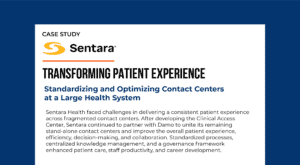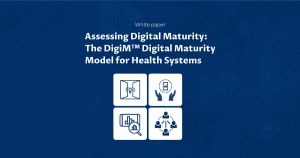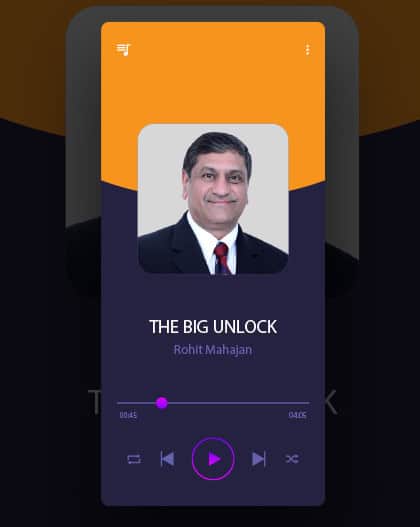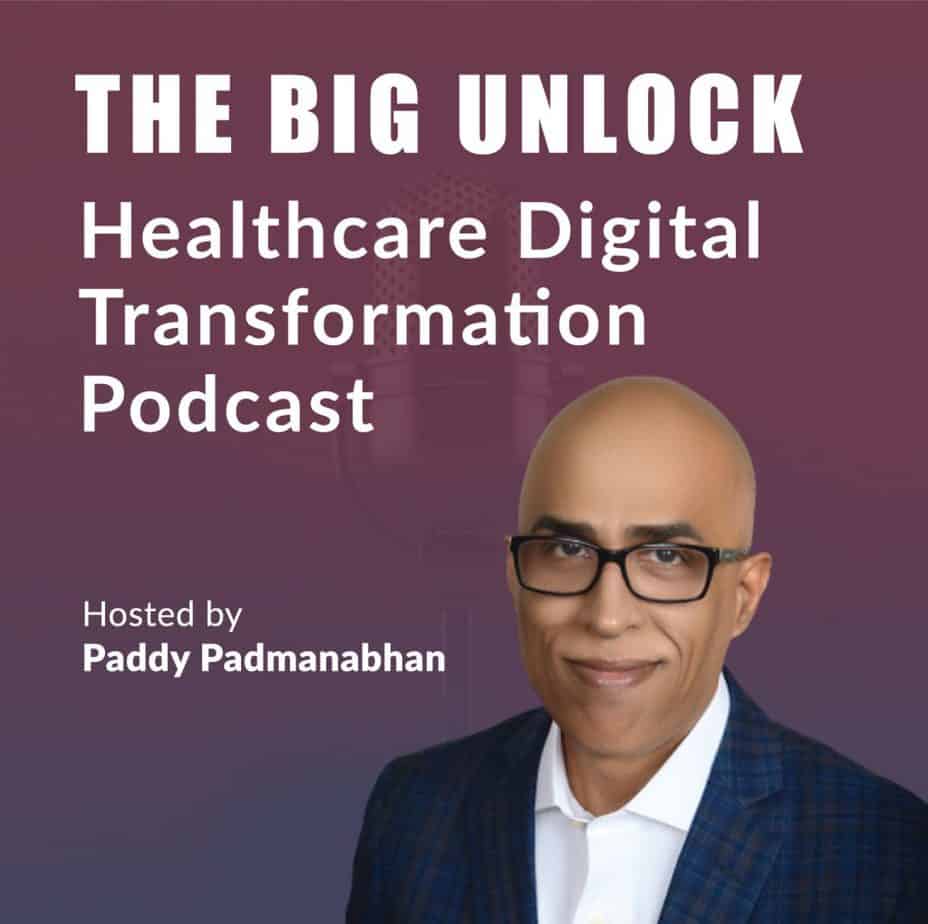Best practices: How to improve patient engagement with digital transformation in healthcare
U.S. Adults Spend Eight Hours Monthly Coordinating Healthcare, Find System “Overwhelming.”
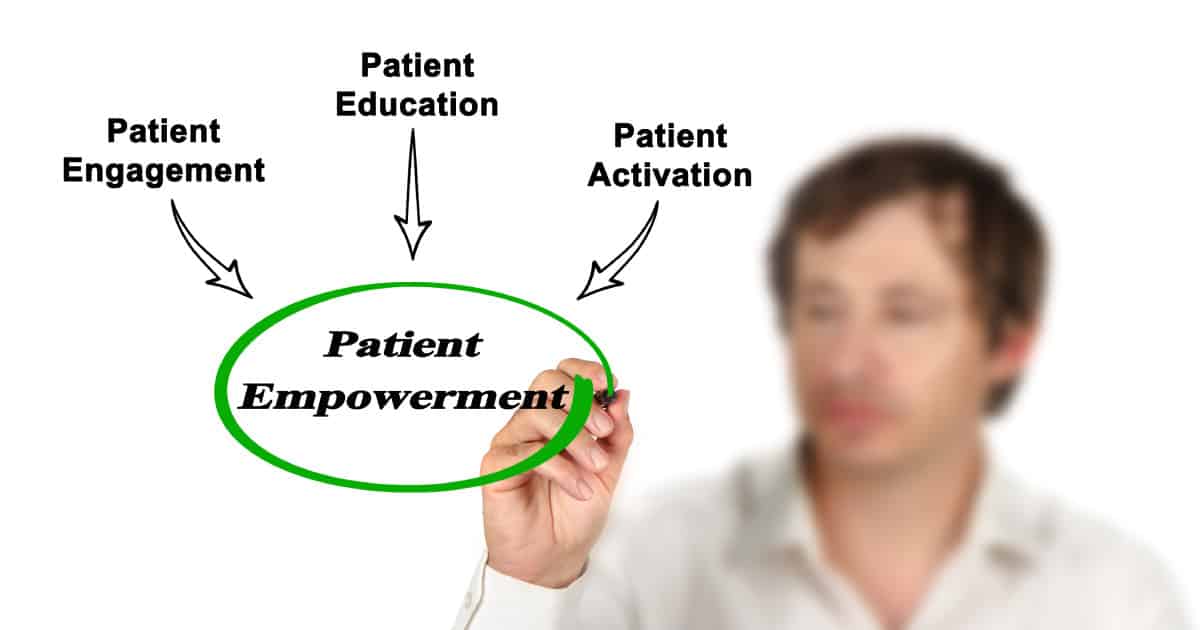
44% of adults have skipped or delayed care in the past two years. The most common reasons for doing so were, worry about the cost (40%) and inability to take time away to see a provider due to other responsibilities (30%).
The findings of The Harris Poll-AAPA survey indicate the need for digital transformation in patient-provider engagement to optimize care coordination and improve care outcomes.
Digital patient engagement requires a deep appreciation of consumer experience journeys, cross-functional collaboration to enable seamless workflows, and robust technology architecture to implement easy patient access, more engaged patient experience, and improved care coordination and outcomes.
In Ryan Younger, V.P. of Marketing, Virtua Health’s words – “We always got the best and the largest number of people to act upon the first time we reached out. We talked about the power of the nudge – where if you talk to people that second, third, or fourth time, they’d be four times more likely to use the service intended for them. While we weren’t surprised that we needed to do that, we learned a lot about the number and the type of communications to be used.”
Advantages of digital patient engagement
- 24/7 care access: 24×7 care access requires enabling patients and caregivers to access healthcare professionals during matters of urgency, irrespective of time or day. It also means empowering patients to access their health data, digital solutions to support self-care for minor ailments, and monitoring patients with chronic and long-term conditions.
- Increased patient retention and satisfaction – According to a study, losing a patient due to dissatisfaction or lack of engagement in the U.S. could result in a loss of $200,000 in income during a practice lifetime. According to another study, the Technical Assistant Research Programs (TARPs), one satisfied customer will share the experience with four others. Still, a dissatisfied patient will spread the word to 10 others. By ensuring easy access to care and proactive patient engagement, healthcare organizations can increase patient satisfaction and patient retention.
- Patient empowerment through real-time and personalized data and insights – Patients can access their health data like lab reports, diagnosis, physician availability, and more when and wherever they want. Patient apps like Epic’s MyChart and Allscripts FollowMyHealth provide dashboards for patients to derive meaningful insights and personalize data viewing.
- Boost care continuity and medication adherence: Through human effort, automation, patient apps, and reminders, healthcare organizations can design a care continuity plan to improve its impact on patient engagement. This will also help boost patient knowledge about many medical processes and procedures and increase their confidence in the system. By offering proactive medication refills and tracking medication adherence, patients can be encouraged toward healthier outcomes.
Components of digital patient engagement
Patient portal and mHealth app – A patient portal or mhealth app is an online place for a consumer or patient to access information related to their health information, healthcare services available at the healthcare organization, check physician availability at the organization, schedule appointments, and more. Such a portal or app is the first point of contact between a consumer and a healthcare provider/organization.
Customer Relationship Management (CRM) – A CRM helps a healthcare organization design effective outreach to different patient populations and gather data to track population health impacts. By tracking care gaps, organizations can target patients with relevant information. Organizations can also use CRM to send educational content to patients and consumers through automated messages and chatbot systems. Setting up an effective CRM requires:
Segmentation – To send personalized communication to the right patient type, properly segmenting your patient population is a must. The segmentation of the patient population can be by demography, cohort type, disease type, and location, to name a few.
Journey mapping – Map your patient population’s journey to understand how they interact with your organization throughout their care journey. This enables healthcare leaders to design the right digital transformation strategy and prioritize digital initiative investments.
Automation – Once a consumer show interest in a healthcare service or a patient begins their journey with an organization, there are many touchpoints along which the patient must engage and communicate well. Automated chatbots, schedulers, reminders – SMS, IVR, cost estimators, remote check-ins, and wayfinding are some of the applications used to automate patient journeys and improve engagements.
Other patient apps: Integrated fitness trackers can provide continuous, objective data on remote monitoring of different physical activities of patients and can potentially improve the effectiveness of timely interventions by healthcare providers. Patient education apps help patients to manage their care, prepare them for surgery, keep them informed about post-operative care, medication adherence, and more. Some of these apps also help deliver educational content to patients, send treatment protocol reminders, record/report pain scores, collect wound images, and more. In short, these apps play a crucial role in keeping the patient well-connected and engaged with the care provider.
Challenges of digital patient engagement
Demography: When it comes to digital patient engagement, the patient population’s demography may make a lot of difference in what technology you choose for your patient outreach. What languages or communication means would be required to communicate a procedure protocol? Can the target audience read the messages being sent? Do they even have access to a broadband connection? Does the population require a community center for remote consultation, or do they have the infrastructure for home health monitoring? Thorough research is critical to cracking this up for an actual patient engagement design plan.
Connectivity infrastructure availability: Depending on the location of the patient population, connectivity infrastructure may vary from wireless to wired broadband connectivity and regular phone network that allows messages only.
Data security and privacy: As a result of digital communication data sharing of patient information is readily happening. This sharing of patient data increases the risk of data security. In this paper, Dr. Carolyn Petersen (Mayo Clinic) makes a strong case for eliciting and including patient preferences regarding using their health data in primary care and research and provides a prerequisite for an application that supports data sharing while respecting patient preferences. Central to this effort is developing patient-targeted educational materials that address patient concerns about data sharing.
Best practices for an effective patient engagement strategy
Every healthcare organization’s patient population(s) and their care goals and missions are different. What is similar to patient expectations across all healthcare organizations is the need for transparency, care on demand and on time, ease of access and communication, timely response, empathy, and care options. When designing your patient engagement strategy, it is crucial to take a customized approach to your patient engagement needs. Include the following in your patient engagement strategy:
- Manage care gaps at your organization.
- Select technology and develop content as per the needs of your target patient population.
- Optimize patient access to care.
- Automate outbound outreach using multiple communication modalities such as SMS, voice, and text.
- Understand reasons for patient calls and first-call resolution.
- Determine communication oversight.
- Establish escalation management.
To discuss more details around your patient engagement strategy, write to info@damoconsulting.net

